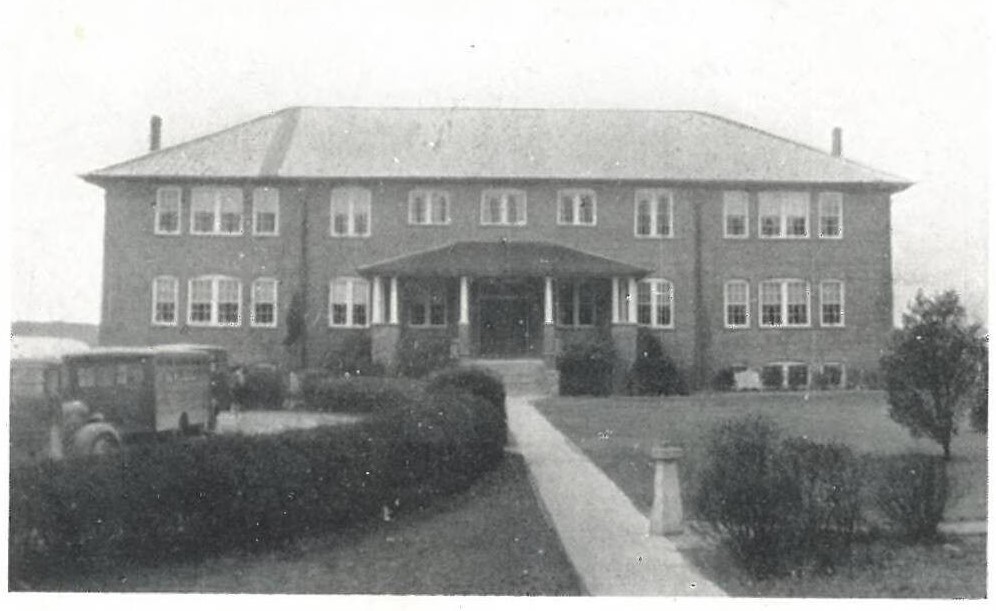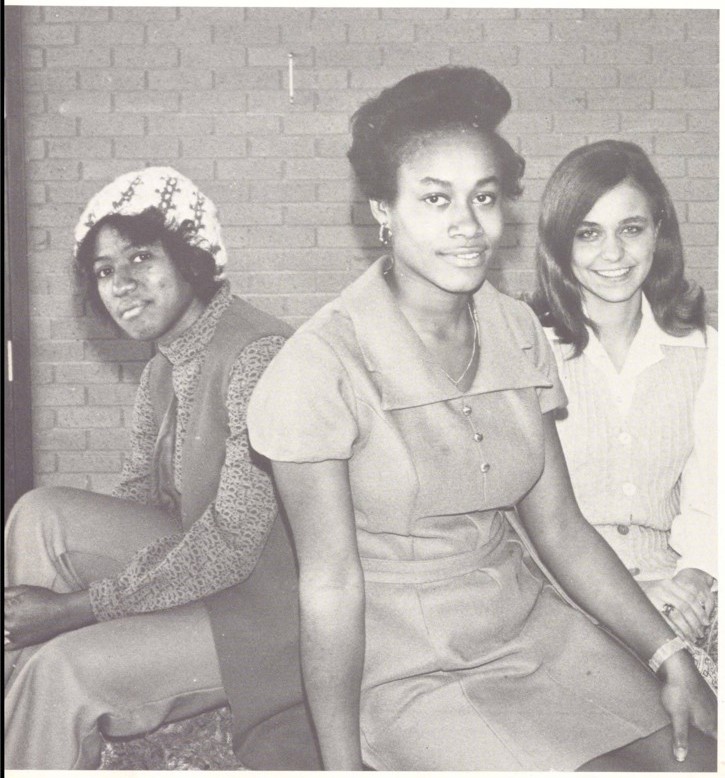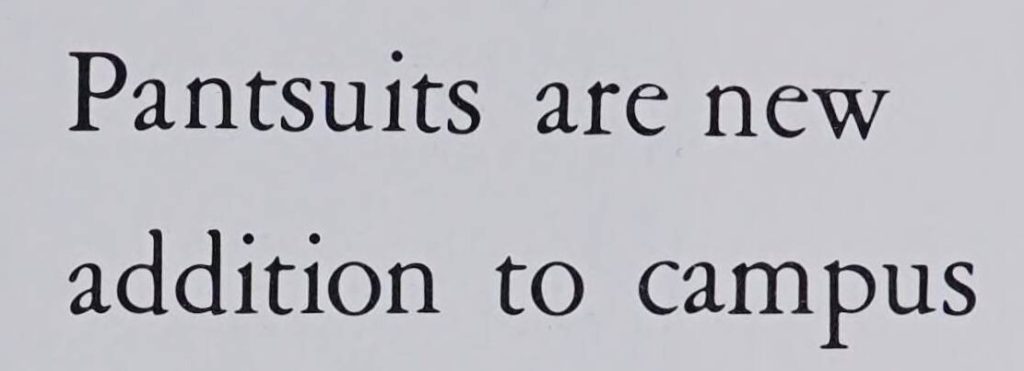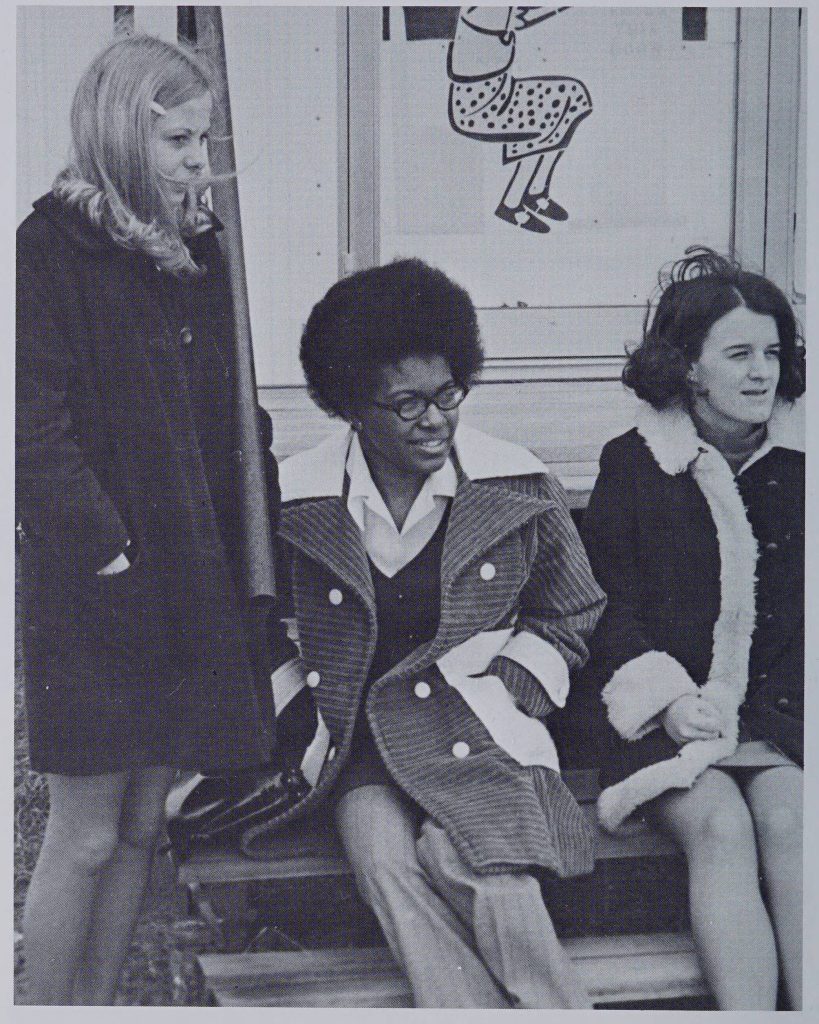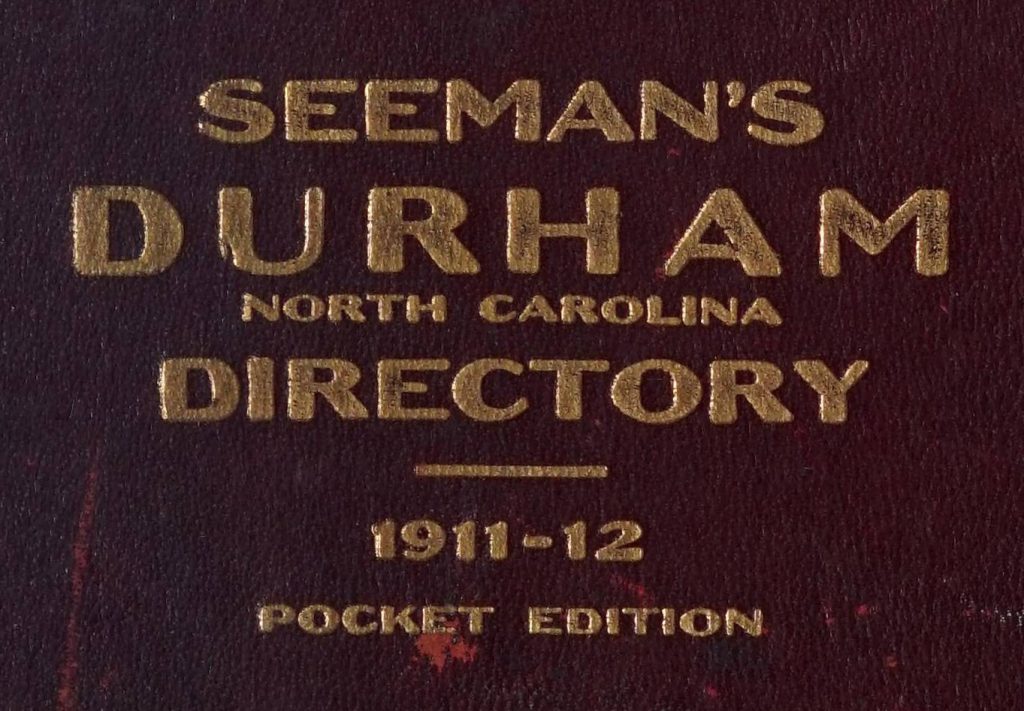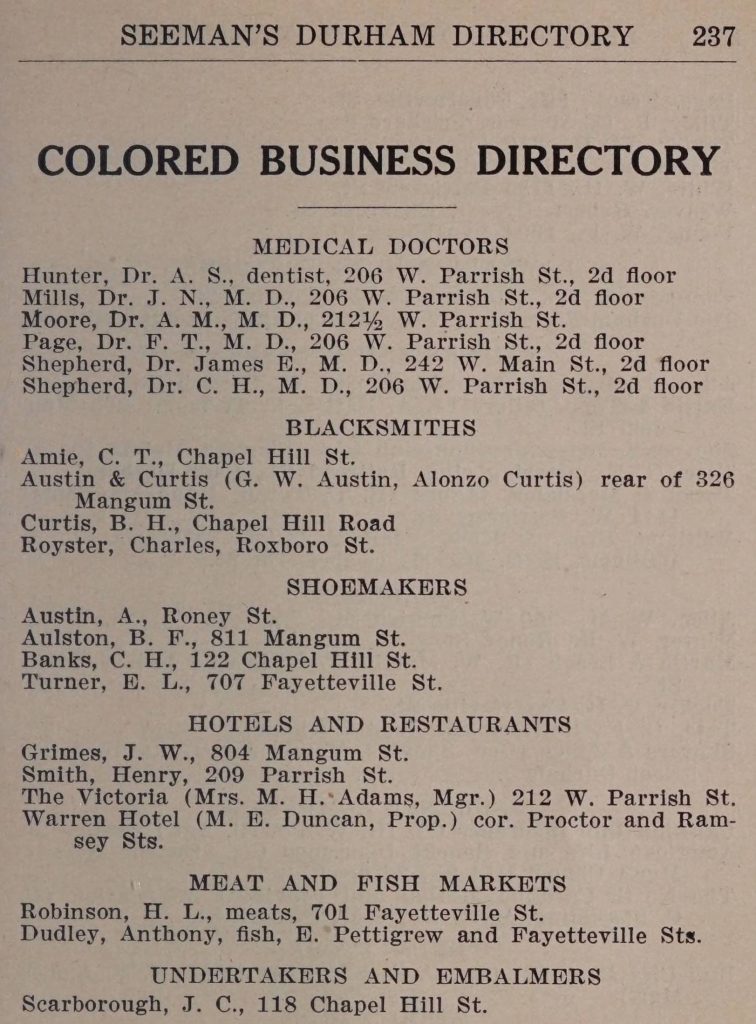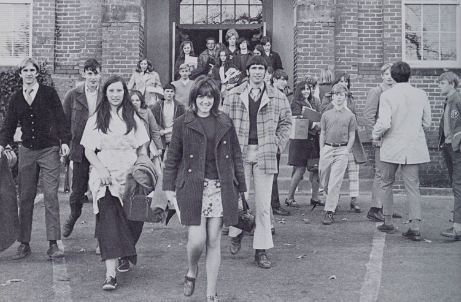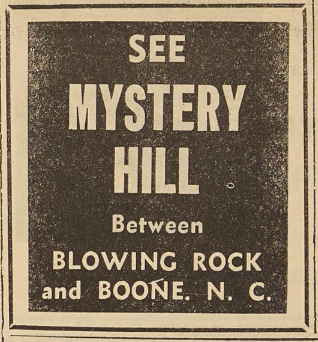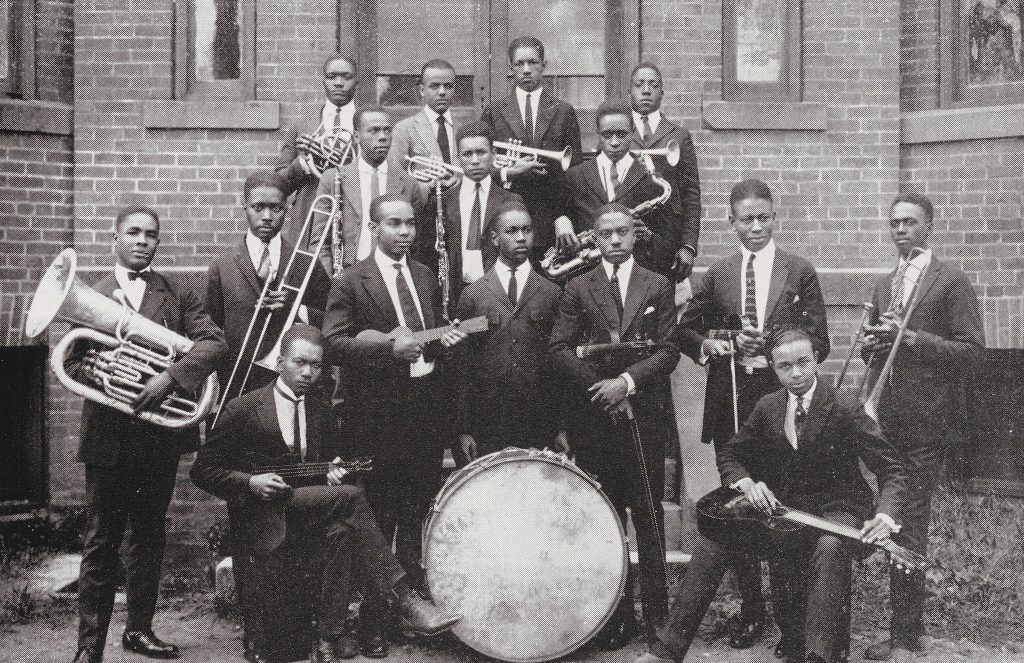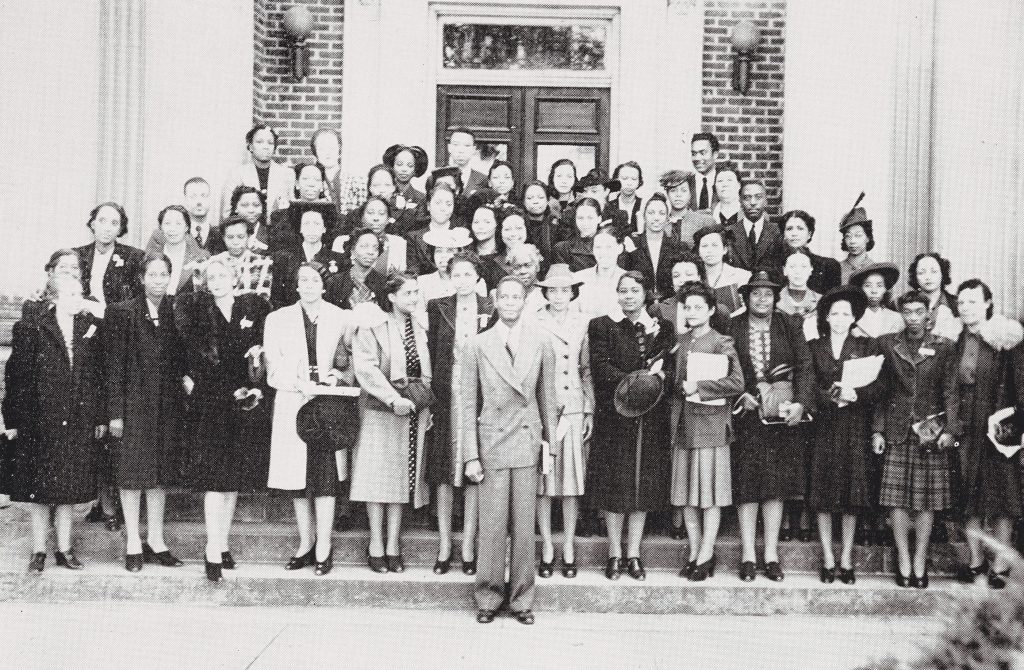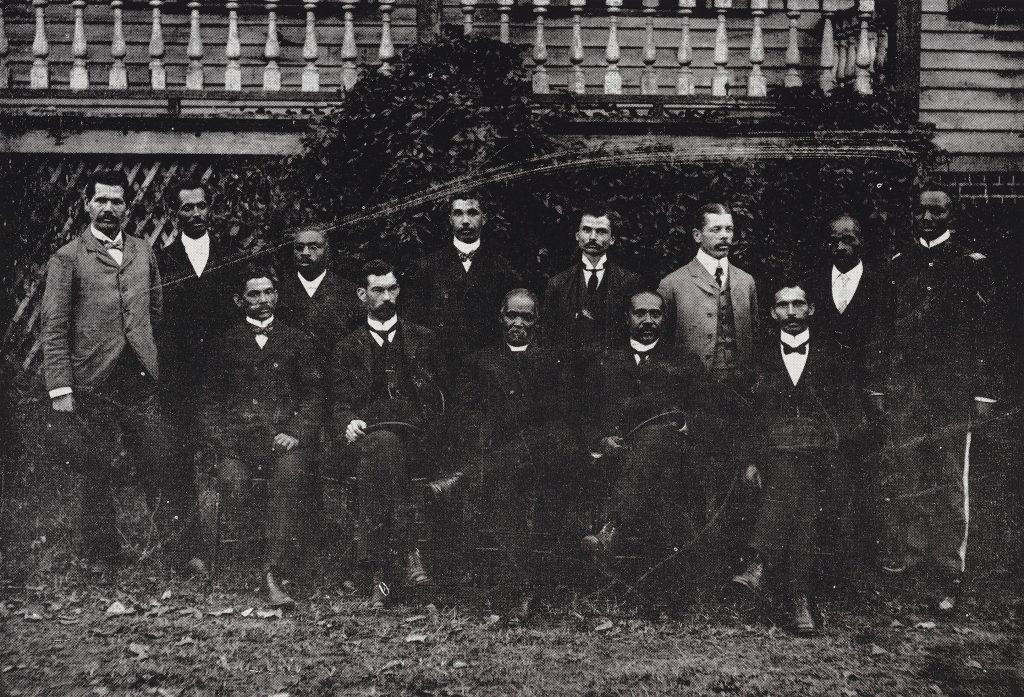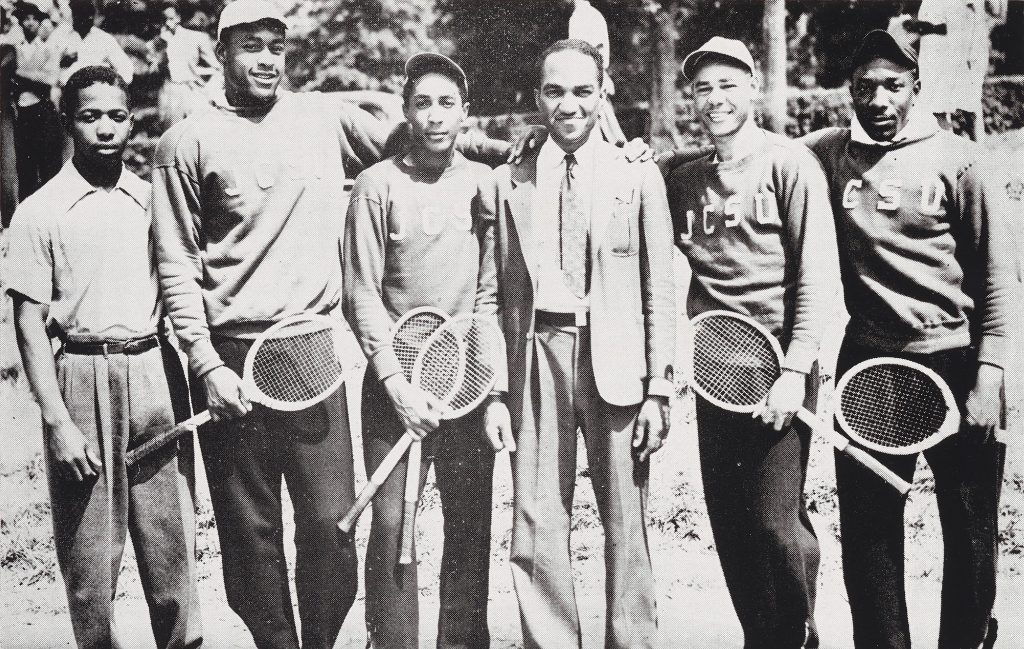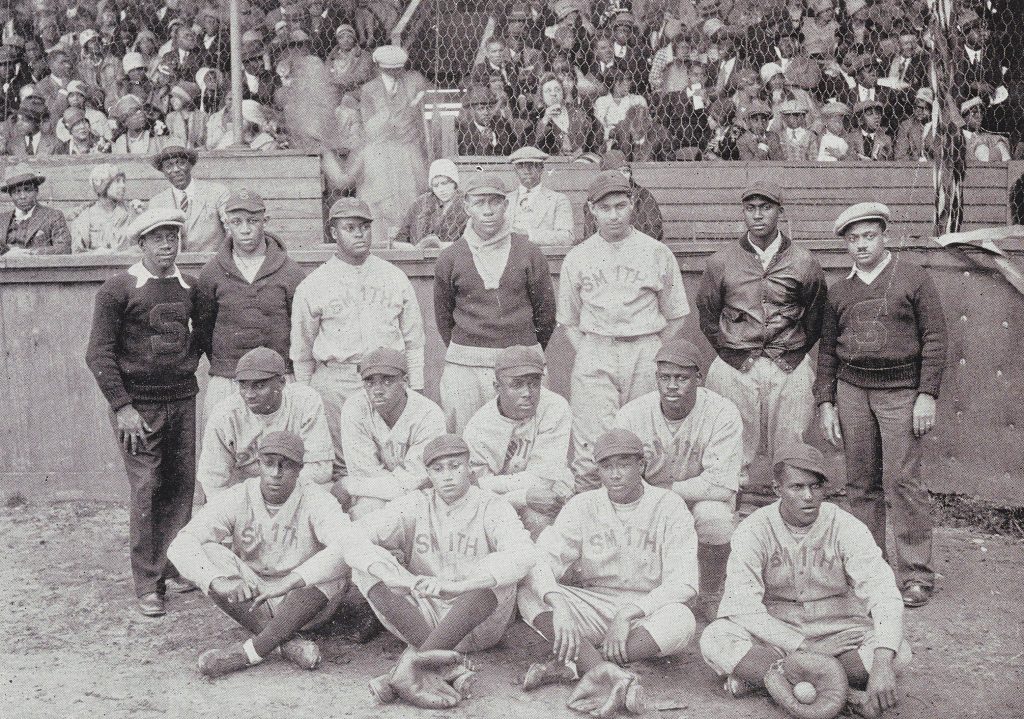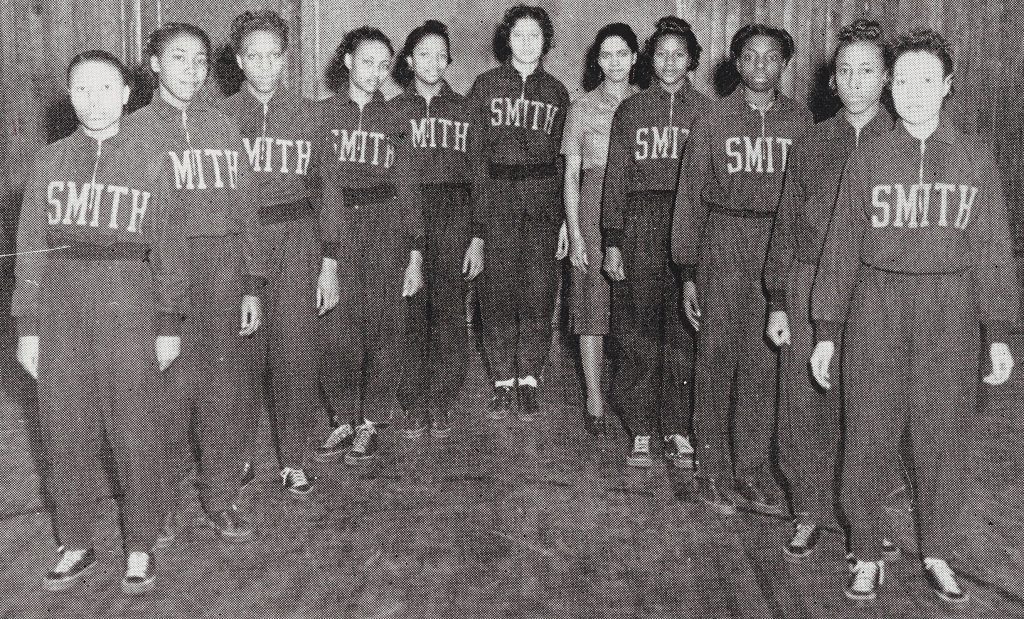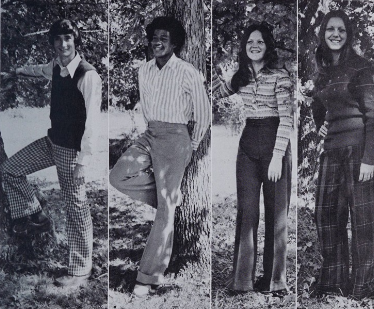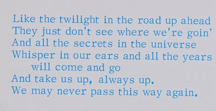Thanks to our partner, New Bern-Craven County Public Library, a batch containing 14 yearbooks from Craven County Farm Life School and West Craven High School are now available on DigitalNC.
The Craven County Farm Life School was the first to be established in the state after the Farm Life School law was passed by the North Carolina State Legislature in March 1911. Though growth was slow at first, the school soon saw a rapid increase in their student enrollment. By 1918, they outgrew their one brick building which served as a boys’ and girls’ dormitory as well as an administration building. A five room administration building was built using money borrowed from state building funds which were paid off using county funds. The new building, however, appears to not have alleviated the space issue at all. Less than 12 months later, four rooms were added to one of the buildings. Then, in 1920, a $100,000 bond issue was made by Craven County for the building of the boys’ dormitory.
In the 1921-1922 school term, the school opened with 131 students enrolled and the following equipment: a brick dormitory for girls, boys dormitory, administration building, a dairy, wash house for girls, farmer’s cottage, barn, and stock buildings. In the 1922 yearbook, which can be viewed here, the writers point out that the students used to be only from the town and boarders, but students began coming from twelve miles away in trucks. Over the years, the curriculum shifted from agriculture to general high school education and by 1941 students were no longer required to reside on campus and instead commuted from the surrounding area. In 1971, the Craven County Farm Life School was closed and Vanceboro students began attending West Craven High School.
To learn more about the New Bern-Craven County Public Library, visit their website here.
To view more materials from the New Bern-Craven County Public Library, visit their contributor page here.
To view more yearbooks from across North Carolina, view our North Carolina Yearbooks collection here.
Information about the Craven County Farm Life School was taken from their 1922 yearbook and New Bern Sun Journal article, “Farm Life School marks 100 years of education in Vanceboro.“
